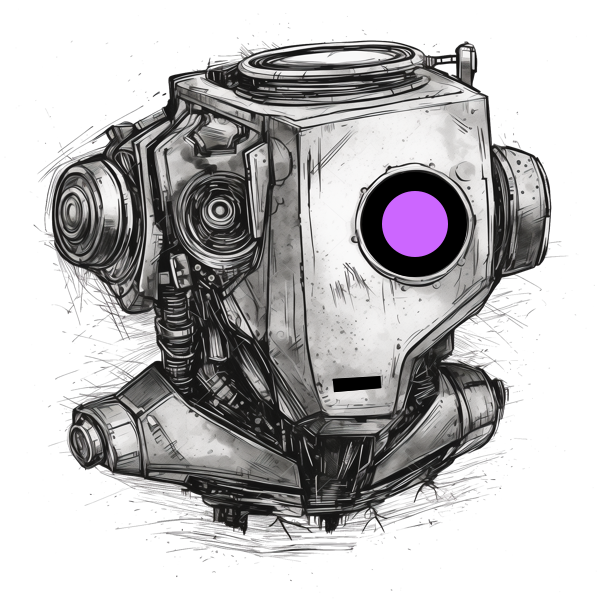When we speak of ‘art’ today, we should be aware of the ambiguity that this term drags along. This idea is pivotal – the word ‘art’, as it echoes in our contemporary discourse, is a deceptive homonym hinting at divergent conceptions. Indeed, there are multiple facets to this concept, but let’s not lose ourselves in this labyrinth; we’ll focus on the two primary ones.
The Pantheon of Arts
There was a time when ‘art’ was not a standalone entity. It was always ‘arts’, plural, a diverse pantheon including music, painting, architecture, poetry, theater, and sometime others. Each held its own, yet there was an underlying, almost Hegelian unity – a shared elevation above mundane existence. These arts, detached from the daily grind, served a higher purpose, a telos of sublime experience.
In this older understanding, ‘art’ was but a member of this larger family. To say, “Music is an art of sound,” was not to define music fully but to place it within this broader, more holistic framework. These arts were tangible, concrete, inseparable from their mediums – a painting, a symphony, a building. They were phenomena to be experienced through the senses, not just abstractions floating in a conceptual void.
The Mono-Art
In the 20th century, a shift occurs. From the depths of visual arts, particularly painting, emerges a new, dominant notion of ‘art’ – a mono-art, eclipsing its predecessors. This new art form is a chameleon, unmoored from any specific medium. Its essence lies not in a physical object but in a sort of conceptual aura that hovers around or within it. It’s not the material but the idea, the signified, that demands our attention.
This mono-art, in its quest for dominance, effectively relegates traditional arts to mere techniques. Beauty, once revered, is now scorned as kitsch, a relic of a bygone era. In this new doctrine, anything can become ‘art’ – be it carpentry, gastronomy, or shopping. Traditional forms like music, painting, or performance are demoted to mere mediums, stripped of their once-celebrated unique status.
Music Under the Mono-Art Regime
The emergence of mono-art has cast a long shadow over the realm of visual arts, particularly painting, while music (along with other non-visual arts) has navigated these waters with remarkable dexterity. Music, in its defiance, has retained its esteemed stature as an art within the poly-artistic spectrum, even as the mono-art revolution reshaped the cultural landscape.
In the contemporary discourse we continue to refer to music as ‘art’, yet we must acknowledge a profound ambiguity inherent in this usage. When we speak of music in relation to ‘art’, we must consider what we are truly implying. Music, in the context of a specific piece, could be seen as merely a technological tool, or it might transcend to become the embodiment of the artwork itself. This issue is not trivial; it represents a dialectical conundrum that underpins two fundamentally divergent approaches to evaluating a musical work.
Critical awareness is imperative in recognizing the potential ambiguity that the word ‘music’ carries within our language. In discussions where we label music as ‘art’, clarity is essential regarding the dimension of ‘art’ being invoked. This endeavor is not solely an academic exercise; it is a quest to pierce through the linguistic veil and truly comprehend the essence of what we mean when we refer to music as ‘art’ in our modern dialogue.





